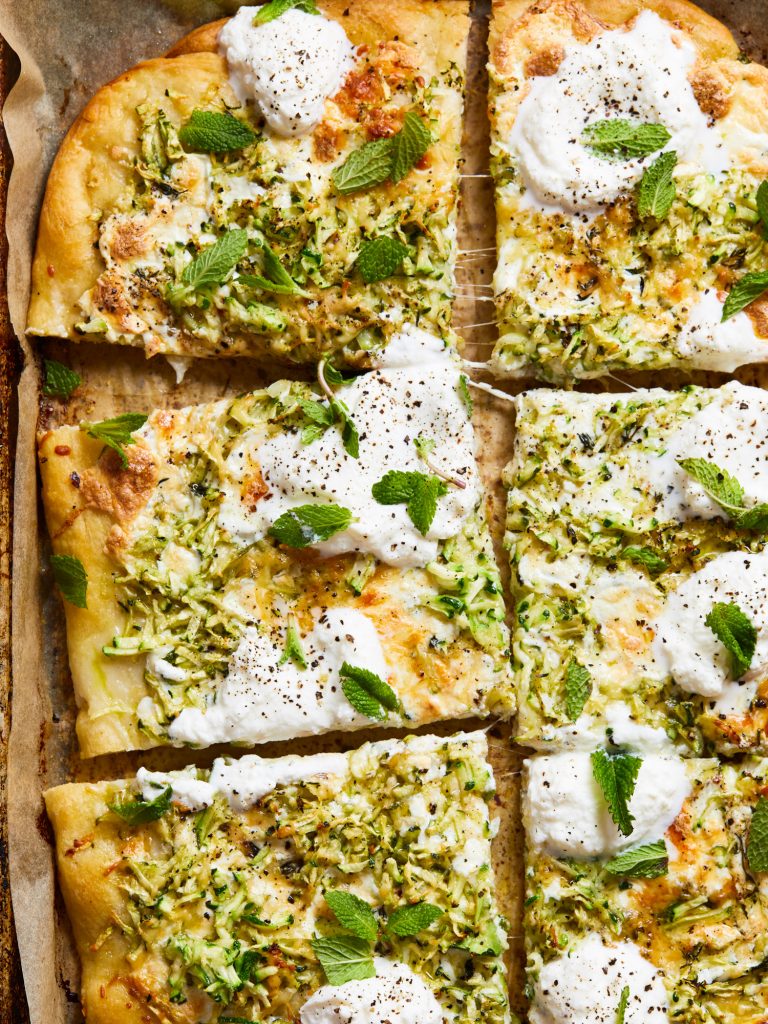
Want your family to head in a more plant-based direction, but not sure where to even begin? I hear you! In fact I was you…only a few years ago. Here are a few strategies that helped me scale way back on my family’s meat intake from Monday through Friday, excerpted from my book, The Weekday Vegetarians.
1. Cook What You Know
You might want to start building a repertoire of vegetarian dinners by first thinking of ways to convert the recipes that you know and love into meatless versions. This could be as simple as omitting the sausage on your pizza or the chicken in your stir-fry. The goal, though, is to create a basic level of familiarity with the dish from both the cooking angle and the dining angle (and if you’re cooking for kids, it will be less likely to incite a tableside revolt). This is especially important if you are serving people who like things A. Very. Specific. Way. For example, if you have been making and loving the same turkey chili for decades, it might be worth starting with that recipe (swapping three bean varieties for the meat) instead of, say, debuting the silken tofu with fermented beans that you’ve been meaning to cook since 2003. Your made-over versions of favorite meals will most likely not taste exactly the same, but they will look mostly the same, and that’s a good start. Going vegetarian doesn’t mean anyone has to give up their favorite dish . . . just some of the ingredients involved in making that dish.
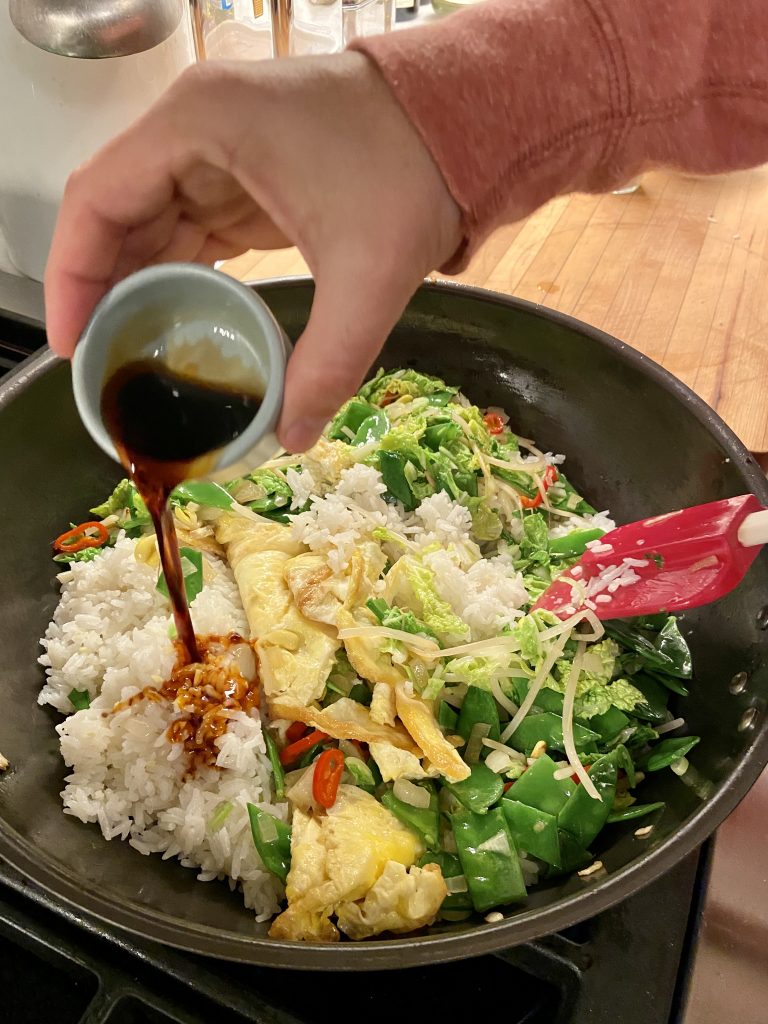
2. Build on Your Current Recipe Repertoire
Before this undertaking, as I’ve established, we ate a lot of meat. Like a lot—at least five times a week you’d find something chicken-, pork-, or beef- driven on our dinner plates. On the other hand, there were usually a few days a week when we ate vegetarian dinners without even thinking about it. Black bean burritos, barbecued baked beans, minestrone, salad pizzas, regular pizzas, macaroni and cheese, butternut squash soup, sesame noodles, pasta with basil pesto and on and on. They were major family favorites, and it was good to know that we could build our new way of eating around meals our kids already loved. Take a look at your own dinner rotation wearing vegetarian goggles and see what you come up with. I’ll bet you’re already further along than you think.
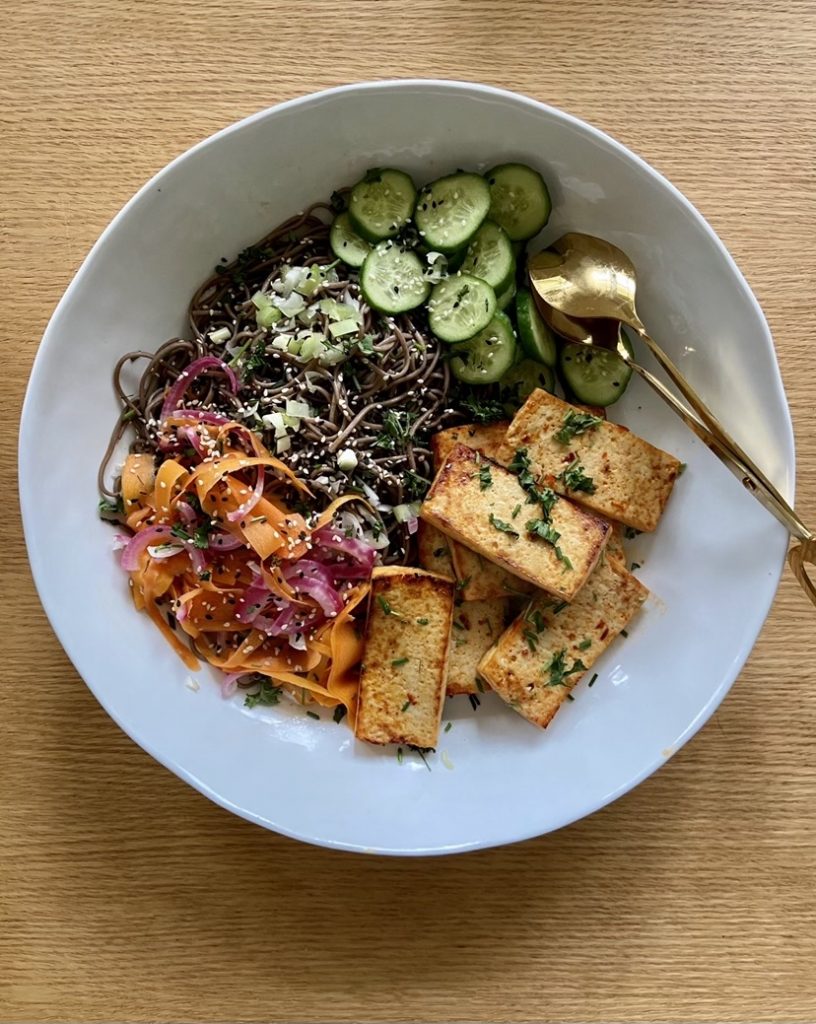
3. Don’t Make It a Big Deal
Especially for those of you with young kids, who you wouldn’t exactly describe as the adventurous type, don’t make any loud proclamations about your new mostly vegetarian undertaking. In fact, maybe don’t even mention it at all and see what happens. Sometimes, when you give something a name, it’s easier to mount a campaign against it. Don’t give them a cause. Give them noodles.
4. Or…Make it a HUGE Deal
On the other hand, kids can be way more game to try new things than we give them credit for. When the girls were young, I decided to cook a brand- new dinner every night for thirty days straight and to spin the strategy as an adventure. We were going to try something brand-new every night! There would be charts and games and (don’t tell all those baby food experts) even prizes if they tried new things! You know your family better than I do. If you think positioning weeknight vegetarian eating as something fun and important will help ease the change, pull out the PowerPoints and the pom-poms and officially launch your campaign.
5. Never Reveal the Meal Plan Ahead of Time
This is especially true if you’re making something you know won’t necessarily be received with open arms. The less time they have to organize their resistance, the better.

6. Use Your Hooks
There’s an entire section in The Weekday Vegetarians about this concept, but it’s crucial to always have one thing on the plate that you or your potential convert is excited about, no matter how simple. If you’re debuting Coconut Curried Red Lentils (page 162) for dinner, maybe consider frying up some homemade fresh Yogurt Flatbread (page 222) alongside them. (What, pray tell, is better than warm bread?) If you’re steaming greens like spinach or kale for a side dish, think about drizzling some Spicy Peanut Sauce on top. Your hooks could be crispy or mashed potatoes, a creamy ranch dressing, garlicky croutons on a salad, or buttery garlic bread on the side. They can even be store-bought hooks, like a can of Bush’s baked beans or that bottled ginger-miso dressing your kid would drink like Gatorade if given the option. The point: Capitalize on the power of hooks to cast a warm, happy glow on the rest of the food on the plate.
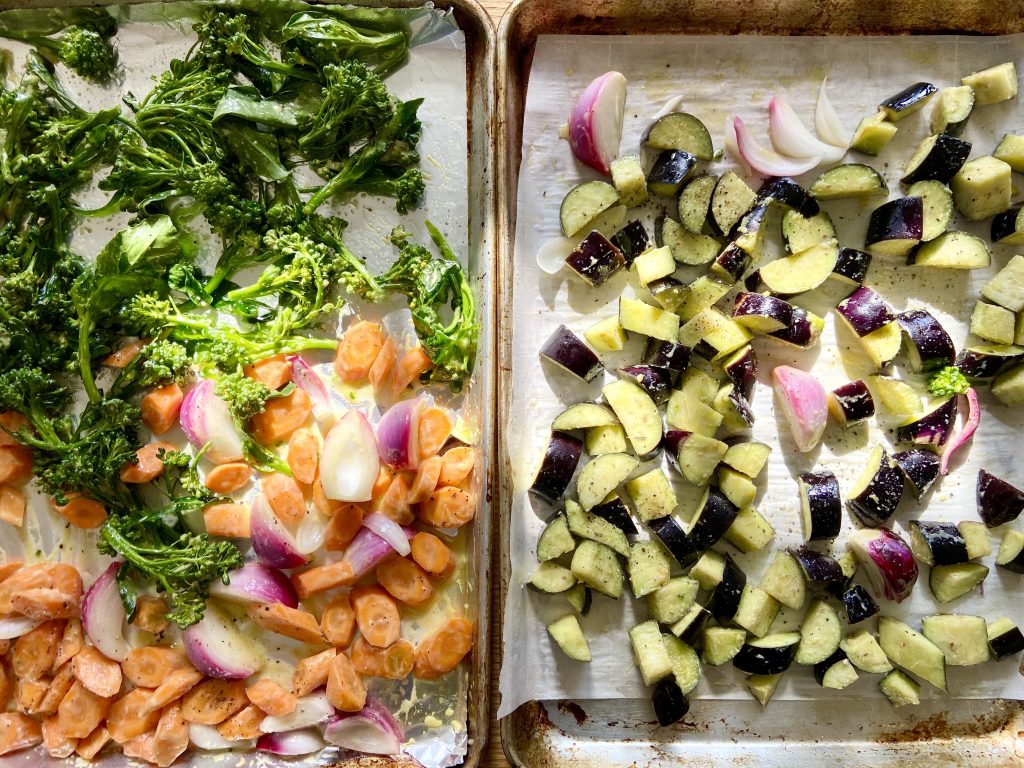
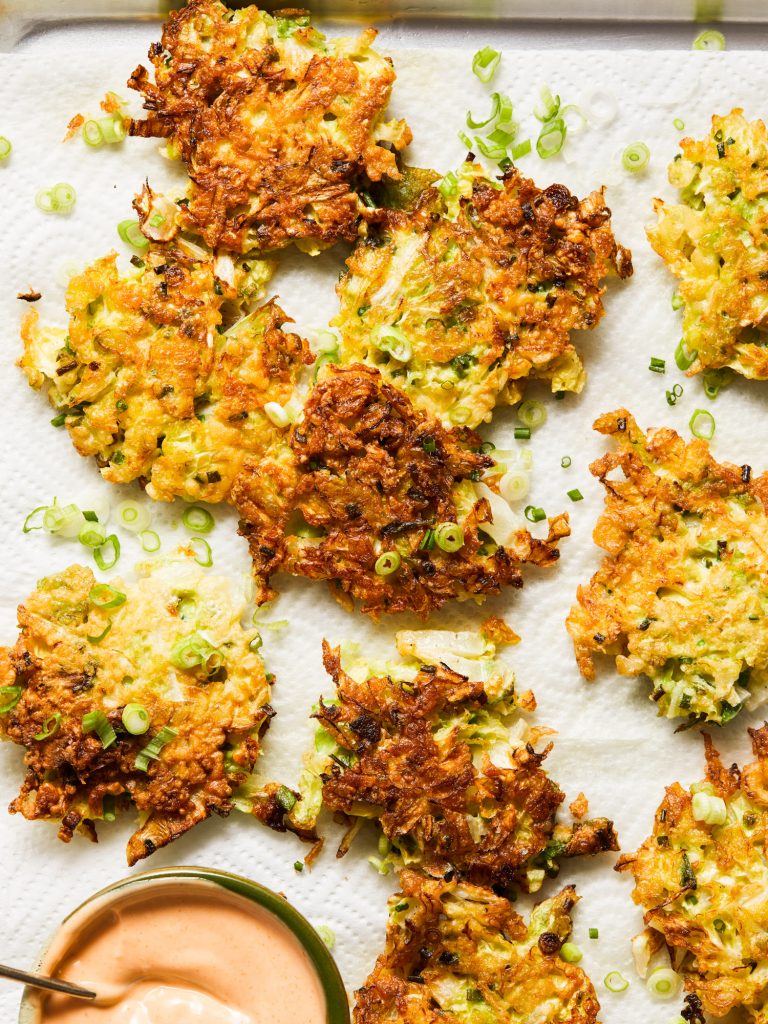
7. Think Vegetable Forward, Not Just Vegetarian Sure, most of us become interested in vegetarian eating because we want to cut back on meat, omit meat, or do our part to help minimize animal cruelty or the environmental impact caused by the production of meat. But for me, another huge draw of going vegetarian was what I’d be adding to the dinner table, namely the vegetables themselves. If dialing down the meat means amping up the sugar snap peas in May, grilled Japanese eggplants in July, and caramelly Brussels sprouts in October, well, that’s about as convincing an argument as I need. In other words, if you seek out the freshest in-season produce, you’ll find the vegetables themselves are the best advocates for going vegetarian. I love building dinner around superstar in-season produce. I have fresh asparagus, let’s make that chilled asparagus soup. I have tomatoes and corn, let’s make that show-stopper pasta (page 87). And—decidedly less romantic but still just as relevant—I have half a head of cabbage that’s about to go bad, let’s shred it and make Crispy Cabbage Pancakes (page 132). It’s a new way of thinking about dinner. Once you see how easy it is to use vegetables as a starting point, you’ll realize it’s also extremely liberating.
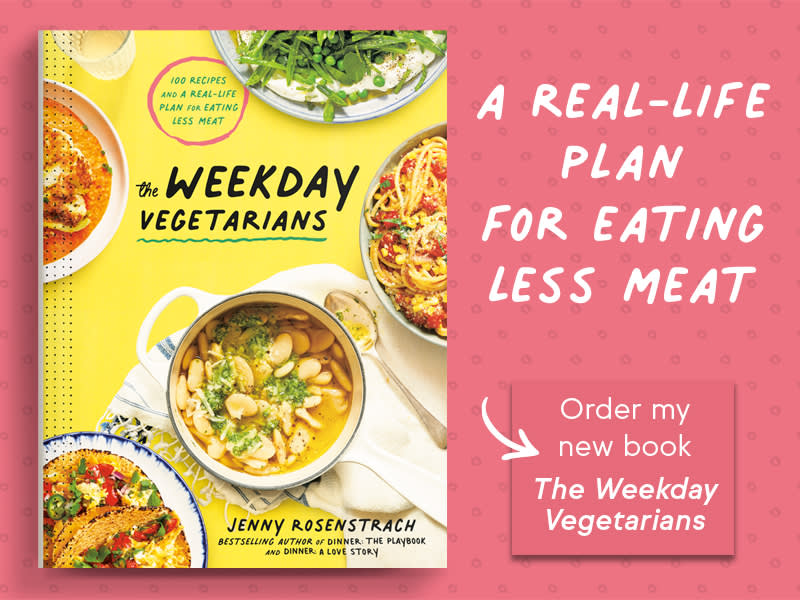

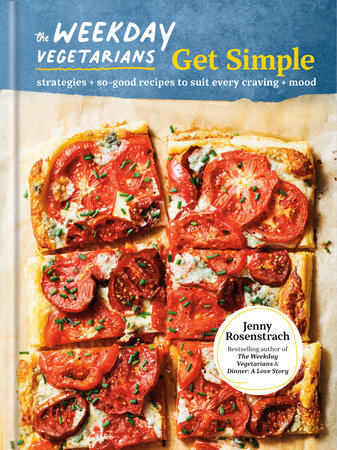
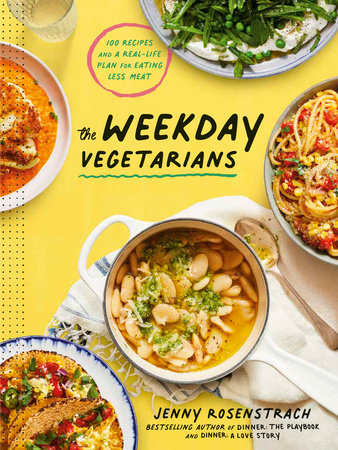
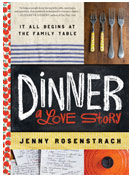
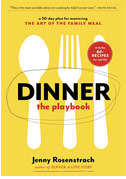


Jenny, your book has been a game changer for our family and helped us incorporate more plant-based meals into our weekly dinners! I love your concept about using “hooks” and have found myself explaining it to others. Many of your recipes have become our favorites including Wheat Berries with Crispy Tofu, Grapes, Arugula and Feta (thanks for introducing me to wheat berries, they’re delicious!), Pizza Salad with White Beans, and Refried Black Bean Tostadas with Avocado & Pickled Onions. Cheers!